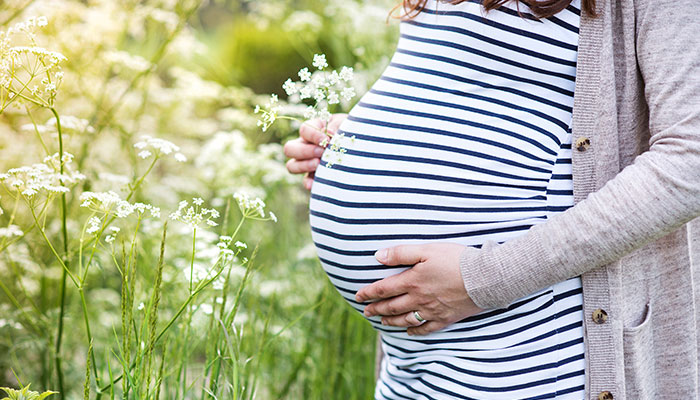Surgery
Stockholm Hernia Center has extensive experience of abdominal wall surgery such as groin hernia repair, rectus diastasis and abdominal wall hernia surgery. We use both laparoscopic and open technique. Rectus diastasis repair is tailored based on anatomical conditions.
All surgery comes with risks and it is therefore important with evaluation of symptoms before decision of surgical method. The postoperative management is also important to achieve an optimal result including follow up of all patients.
Inguinal hernia

Inguinal hernia affects about 25% of all men and is caused by a weakening and rupture of the tissues in the groin. The symptoms can be pain and discomfort in the groin. There is also a risk of incarceration.
The only permanent treatment is surgery. We repair groin hernias mainly with laparoscopic technique, but also provide different open methods.
We follow up all patients and report to the Swedish quality register, the Swedish Hernia Register.
Contact Us
Rectus diastasis

Rectus diastasis (split abdominal muscles) is common after pregnancy. One third of all post partum women present with a rectus diastasis.
Rectus diastasis can be part of a general abdominal weakness as a result of a pregnancy, and can result in functional symptoms such as back pain. Core stabilizing training is often recommended as the first line treatment.
If core training is insufficient, surgical reconstruction can restore the anatomy and recover the core function.
rectus diastasis research
TOR
Abdominal wall hernia

Abdominal wall hernia is caused by a rupture in the abdominal wall, such as umbilical hernia. Abdominal wall hernia can also occur in surgical scars.
Symptoms may include pain and discomfort. There may also be a risk of intestinal incarceration.
The only permanent treatment is surgery. We repair uncomplicated abdominal wall hernias with both laparoscopic and open techniques.
We follow up all our patients and report to the Swedish quality register, the Swedish Hernia Register.


